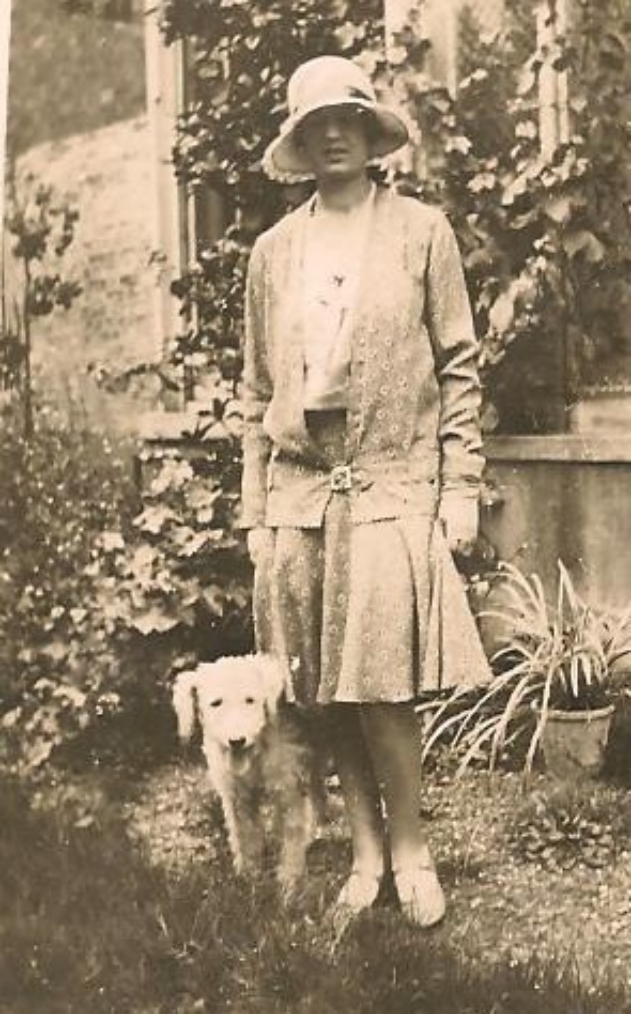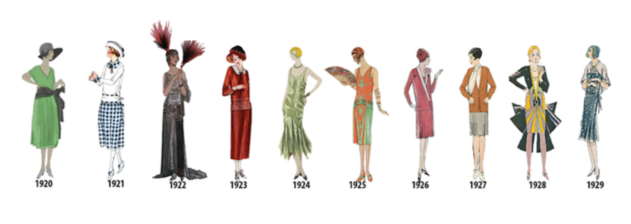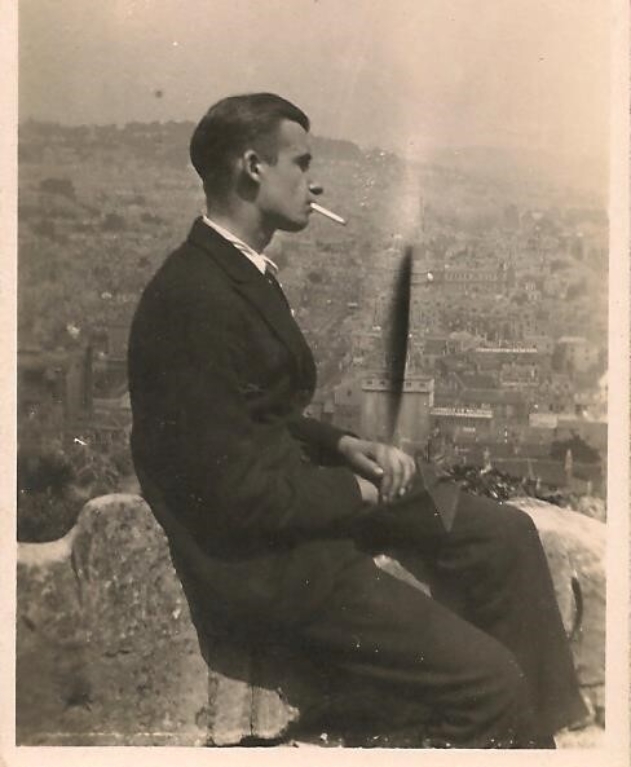1920s: Photography and fashion in the ‘Roaring Twenties’
In our series of blogs on ‘dating photography from fashion’, we have reached the 1920s.
The conclusion of World War 1 and the Spanish Flu pandemic meant this was a decade of relative economic prosperity. Social customs and morals were relaxed in a wave of optimism, and women were entering the workforce in record numbers.
Reflecting the era’s social, artistic and cultural dynamism, the decade is known as the 'Roaring Twenties'. Jazz music sparked the need to dance, and dance sparked the need for appropriate clothing – particularly for women. Men also abandoned highly formal daily attire and even began to wear athletic clothing for the first time. Children’s clothes became more stylish and comfortable, too.
Great strides were also made in terms of photography and cameras in the 1920s. Single lens reflex (SLR) technology enabled the photographer to view an image as it will appear on film before the shot is taken. Kodak created many widely used pieces of photographic equipment and, in 1927, General Electric invented the modern flash bulb. As a result, many family historians have a comprehensive record of this decade. Of course, this was also the decade of the first motion pictures.
So, let’s take a closer look at the fashions.
Womenswear
In this decade, the development of new fabrics such as rayon (a silk substitute) and new means of fastening clothing (metal hooks and eyes) had an impact on women’s fashion. And the use of mannequins became widespread, showing shoppers how to combine and accessorise the new fashions – which were all about ‘letting loose’.
Day dresses had a dropped waist and a pleated or tiered skirt that hung anywhere from the ankle up to the knee, with sleeves that were long to mid-bicep. Hair was often bobbed, giving a boyish look, and the Cloche hat was a key accessory, sitting snugly over the new hairstyle. Take this image of my great aunt Irene. From the above description, it’s easy to name the decade. (It was actually taken in 1927, and the dog’s name is ‘Chum’, according to my grandmother’s pencilled note on the back!)

Shorter skirts meant that shoes were finally visible – and women needed different shoes for different events, giving rise to the shoe market as we know it today. The ‘bar’ shoe, which fastened with a strap and a single button, was particularly popular for dancing.
For evening wear, the term "cocktail dress" was coined, which was typically slightly longer than the day dress, in satin or velvet, and embellished with beads or a fringe. And makeup became popular for women, particularly for evenings and events, where the look was a smokey eye with long lashes, rosy cheeks and a bold lip – no doubt as a result of the first ‘walkie, talkie’ films. Both women and men looked to emulate movie stars such as Greta Garbo and Rudolph Valentino as their fashion icons.

Menswear
The suits men wear today are still based on those worn in the late 1920s. The early part of the decade was characterised by extremely high-waisted jackets, often worn with belts. Lapels on suit jackets were not very wide as they tended to be buttoned up high. Trousers were relatively narrow and straight, worn rather short and sometimes cuffed at the bottom. By 1925, however, wider trousers commonly known as ‘Oxford bags’ came into fashion (as sported by my grandfather in the photograph below), while suit jackets returned to a normal waist and lapels became wider and were often worn peaked.

For formal occasions in the daytime, a morning suit was usually worn, but the short tuxedo was preferred for evening wear. Sporting clothes included sweaters and short trousers.
Men's hats were usually worn depending on their class: a top hat or homburg hat for the upper classes; and a fedora, bowler or trilby hat for the middle classes. During the summer months, a straw boater was popular for both. Working-class men wore a standard flat cap, all year round.
Children
Fashion for children started to become more stylish and comfortable in the 1920s. Clothes were made out of cotton and wool rather than silk, lace, and velvet. Clothes were also made more sturdy to withstand play, and minimal layers became the new standard.
Dresses and skirts for girls became looser and shorter (knee length), and shoes were made out of canvas, making them lighter and easier to wear. For boys, knee-length trousers were worn all year long, accompanied by ankle socks and canvas shoes, with pullovers and cardigans when the weather turned cold.
Next time, we’ll look at the 1930s: a decade in which the fashions of the late 1920s lingered, but were then impacted by the Great Depression, leading to more conservative styles.